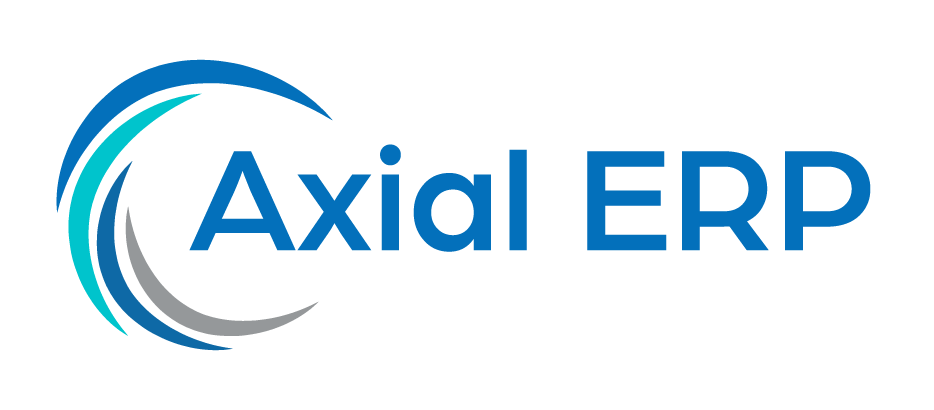ERP on the Crest of the Wave: Navigating through Mergers and Acquisitions
The world of Enterprise Resource Planning (ERP) systems is undergoing a significant transformation as companies seek to consolidate their operations and strategically position themselves in an increasingly competitive market. Mergers and acquisitions (M&A) have become a key tool in achieving these objectives, allowing organizations to expand their reach, acquire innovative technologies, and improve operational efficiency.
Understanding the M&A Landscape in the ERP Sector
M&A in the ERP field is not a new phenomenon, but its frequency and magnitude have increased in recent years. This increase is partly due to the need for companies to adapt to technological changes and the pressure to stay competitive in a rapidly evolving business environment.
Drivers of M&A in ERP
- Market expansion and geographic reach
- Industry consolidation to reduce competition
- Integration of new technologies, such as artificial intelligence and machine learning
- Seeking operational efficiencies and cost reduction
- Access to a broader and more diversified customer base
Impact of Mergers and Acquisitions on ERP Systems
M&A can have a profound impact on an organization’s ERP systems. Integrating different systems and processes can be a significant challenge, requiring careful planning and meticulous execution.
Challenges of Post-M&A Integration
- Harmonizing different ERP systems and data
- Managing organizational culture and differences in business processes
- Retaining talent and specialized knowledge
- Ensuring business continuity during the transition
- Making significant investments in time and financial resources
In addition, companies must ensure that their M&A strategy is aligned with their long-term goals and that the integration of ERP systems is not only technical but also reflects the vision and mission of the combined organization.
Strategies for Successful ERP Integration Post-M&A
To overcome the challenges of M&A in the context of ERP, organizations can adopt various strategies that allow them to maximize benefits and minimize risks associated with these complex processes.
Key Steps for ERP Integration
- Detailed evaluation of compatibility of existing ERP systems
- Development of a clear and detailed integration plan
- Effective communication with all stakeholders
- Establishment of a dedicated integration team
- Focus on organizational change management
- Thorough testing before full implementation
- Ongoing monitoring and adjustment post-implementation
By following these guidelines, companies can achieve a smoother and more efficient transition, ensuring that their ERP systems reflect the needs and objectives of the new corporate entity.
The Future of ERP in the Context of M&A
The future of ERP systems in the context of M&A looks promising. The trend towards consolidation is expected to continue, along with the need for efficient integration of ERP systems. Companies that can successfully navigate these turbulent waters will be well positioned to capitalize on growth opportunities and operational synergies offered by M&A.
In conclusion, mergers and acquisitions are an unavoidable reality in the world of ERP. Organizations that understand and prepare for the challenges and opportunities presented by these activities will be better equipped to thrive in the dynamic current market.



